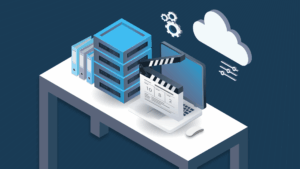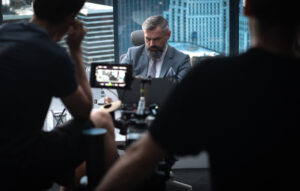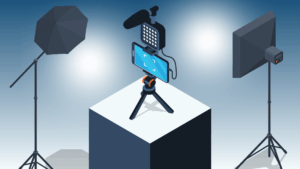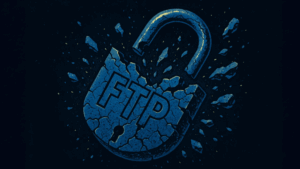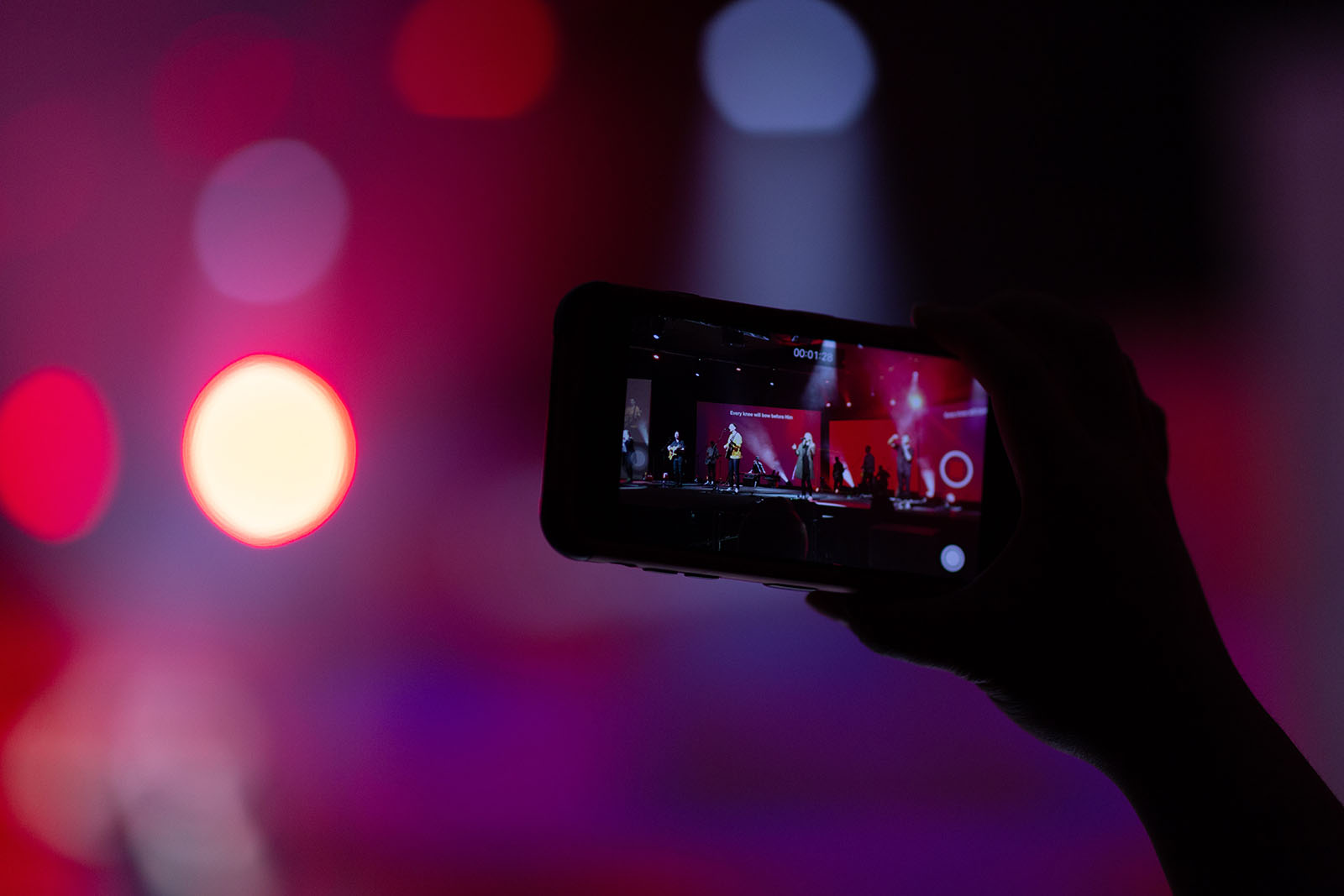
Social Media is Raising the Stakes for Live Production
Remember the 2014 Oscars? Unless you’re a movie buff, you probably don’t remember who won, but you might remember one thing: that star-studded selfie that quickly rocketed to the top of Twitter.
To this day, Ellen DeGeneres’ group photo with an array of Hollywood stars is the third most retweeted post on that platform, and it quickly became 2014’s breakout Twitter hit, dwarfing tweets by the likes of Justin Bieber and Harry Styles in popularity.
We’ve come a long way from 2014, but the lessons of that post remain true: when it comes to live production and broadcasting, social media has become an essential tool.
Broadcasters and rights holders need to control and monetize their content…and fast
Social media is a vital aspect of live production, almost by design. Live events — be they sporting events, gaming competitions, or holiday spectacles — create a vibrant sense of community for audiences, and while they might not be able to take part in the excitement at the stadium, it’s easy to hop on Twitter or Facebook or Instagram to get real-time highlights, relive thrilling moments, or simply cheer alongside other fans.
For broadcasters, leagues, teams and more, this offers vast promotional, branding, and economic opportunity — if they can get their act together.
Because nearly everyone has a camera phone nowadays, it’s critical for organizations to be able to create content for social media — along with graphics, effects, and whatever else they might want — quickly, lest someone else at the event post it first. If that happens, the broadcaster could miss out on the chance to really leverage that content.
As such, having a social media content strategy that’s deeply integrated into the overall live production model is increasingly necessary, and the results bear this out. A 2017 article published on MarTech Zone presented a range of invigorating statistics, including:
- “The NBA Champion Golden State Warriors increased ROI by 89x using Facebook”
- “61% of sports viewers follow sports online”
- “80% of sports fans interact with social media sites while watching games on TV”
And that was two years ago. By and large, overall social media usage has only increased since then.
Social media is defining live events
When it comes to live events, audiences will seize on the opportunity to share practically any feeling or experience they have with what they’re watching. Take the December Democratic primary debate. While there was plenty of activity around the obvious subjects, there was an unexpectedly large stir about the background of the stage, which many users found disorienting. In an instance like this, social media acts as a real-time sounding board, and, the event organizers could have fixed or swapped out their graphics, were they so inclined.
Of course, social media is only one aspect of a deeply complex ecosystem, but it’s still essential not to underestimate the power of posting. Revenue, engagement, and far more hang in the balance.
